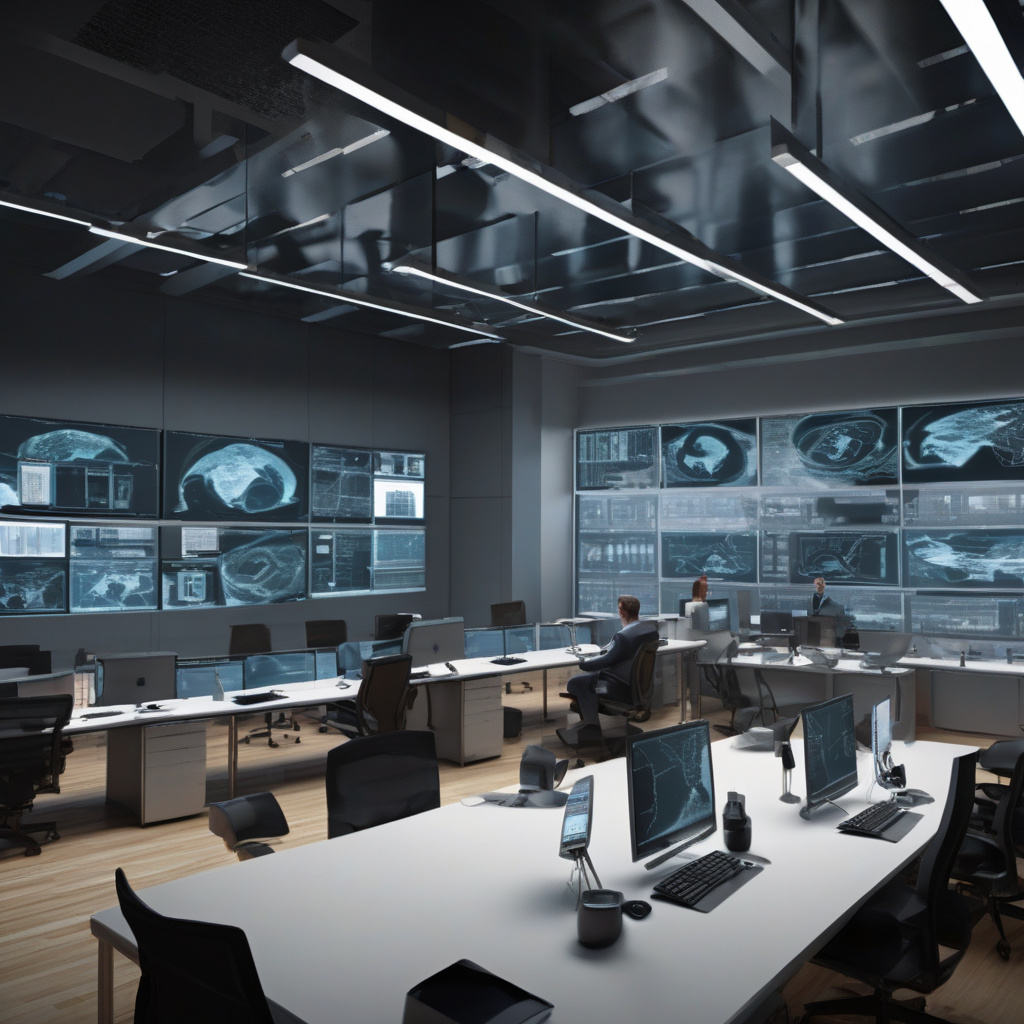In today’s interconnected digital landscape, remote access infrastructure stands out as one of the riskiest attack surfaces for corporations. The convenience of accessing corporate networks from anywhere comes with significant security challenges, particularly when it comes to exposed login panels for VPNs and remote access systems. These vulnerabilities create a golden opportunity for cybercriminals to breach the network, often leading to dire consequences such as a threefold increase in the risk of ransomware attacks.
The implications of such security lapses extend beyond immediate threats. Companies that fail to secure their remote access infrastructure may find it increasingly challenging to obtain cyber insurance coverage. Insurers are becoming more stringent in assessing cybersecurity measures, and a weak remote access system can raise red flags, potentially resulting in higher premiums or even denial of coverage.
To mitigate these risks, companies must prioritize strengthening their remote access infrastructure. Implementing multi-factor authentication, regular security audits, and keeping software up to date are crucial steps in fortifying defenses against potential threats. Additionally, educating employees about best practices for remote access security can significantly reduce the risk of unauthorized access.
Furthermore, investing in advanced cybersecurity solutions such as intrusion detection systems and endpoint protection can provide an added layer of defense against evolving cyber threats. By taking a proactive approach to securing remote access infrastructure, companies can safeguard sensitive data, maintain business continuity, and protect their reputation in the face of increasing cyber risks.
Ultimately, the vulnerability of remote access infrastructure underscores the critical need for robust cybersecurity measures in today’s digital age. Companies that neglect to address these vulnerabilities not only put their own data at risk but also jeopardize the trust of their customers and business partners. By recognizing the importance of securing remote access systems and implementing effective security protocols, organizations can stay ahead of cyber threats and safeguard their digital assets in an increasingly interconnected world.

